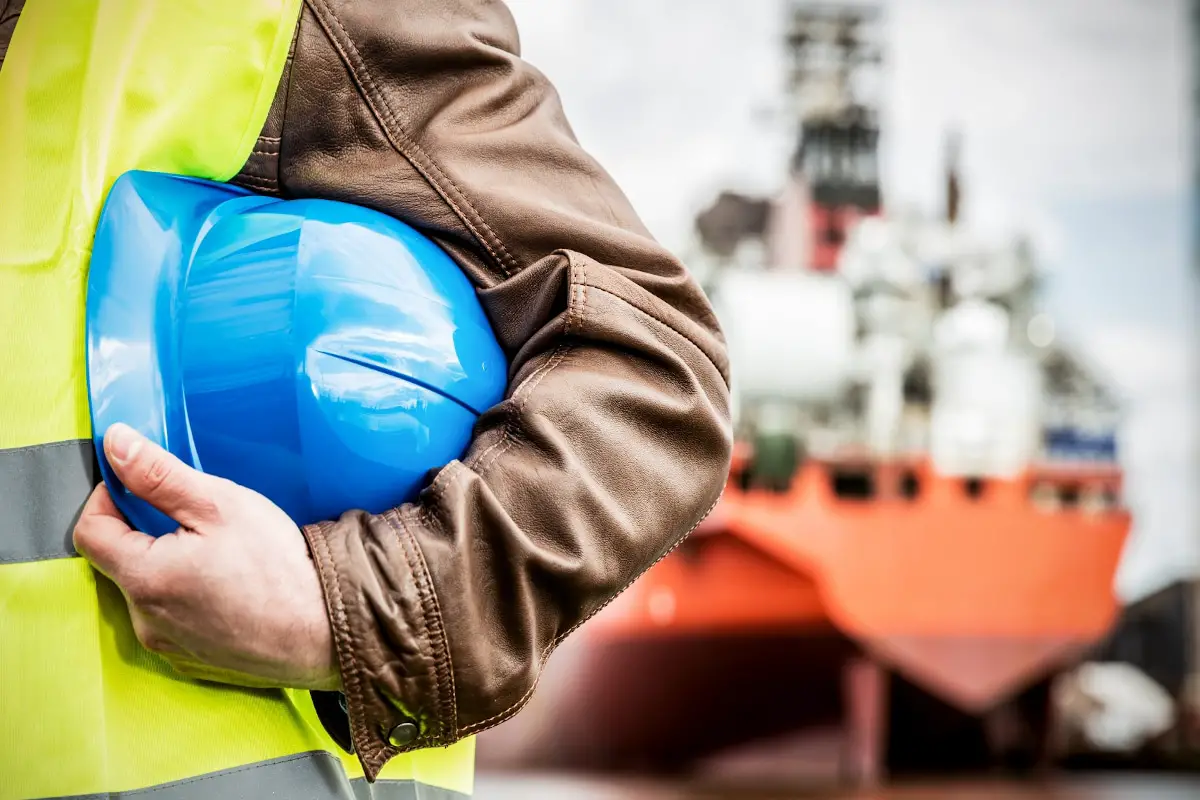In this article we dive into what makes hi-vis vests reflective, including the types of reflective materials used, and their pros and cons.
Hi-vis vests are made from reflective materials to reflect light coming from different sources. The three main materials used to make high visibility vests are flourescent materials, micro-prismatic tape and glass bead reflective tape.
Micro-Prismatic Tape
The micro-prismatic tape is made from plastic vinyl with many small prisms. When wearers of the hi-vis reflective vests are exposed to light, the prisms inside the tape layers bounce the light around internally and reflect it back to the source.
When the light is reflected from the vest, it travels far and holds its intensity due to concentration in a single direction.
Glass Bead Reflective Tape
Glass bead reflective tape is also one of the commonly used materials when making hi-vis vests. Glass bead tape is mainly found in commercial safety vests.
One of the advantages of using glass beads is that they are cheaper as compared to micro-prismatic tape. It also reflects light from various sources at a wider angle.

Highly Rated High-Vis Vests
Fluorescent vs. Retro-reflective Materials
Understanding the difference between fluorescent and retro-reflective materials is important when purchasing reflective safety clothing. The materials used to make vests reflective take a portion of invisible light from the sun and use special pigments to send the light back.
Fluorescent Materials
Hi-vis vests made from fluorescent materials are more visible during the day, especially at dawn or dusk. Another top reason for the popularity of fluorescent materials is that they provide the greatest contrast against most backgrounds.
One of the drawbacks of using fluorescent materials to make hi-vis vests is that they are only effective when natural light is available. When there is low natural light such as fog, dusk, or dawn, the material may not appear brighter than non-fluorescent materials.
Retro-reflective Materials
Retro-reflective materials return light in the same direction as the source. This feature helps drivers to see the light being reflected from the materials on high-visibility vests when the wearers stand in the light’s beam.
Retro-reflective material is the best option for low-light environments. Even though the materials can still reflect in daylight, the difference between the light from a high-vis vest and the surrounding environment during daylight is minimal. This makes retro-refletive materials ineffective in bright daytime conditions due to minimal visibility improvement.
24-Hour Vest Visibility
There are some important considerations when looking for high-vis vests. The most important is probably 24-hour visibility.
To ensure 24-hour visibility a safety vest must be made from both fluorescent and reflective materials.
One of the fluorescent colors is neon yellow, which helps capture the attention of viewers due to the high light energy emitted. However, fluorescence requires light to work effectively so it only works properly during daylight conditions.
By adding retro-reflective materials such as micro-prismatic or glass bead tape, a safety vest becomes hi-vis at night and in low light conditions like fog, rain and snow.
If you want to learn more we suggest you read our summary of important high-visibility safety vest regulations that explain the levels of safety vest visibility and they conditions requiring them.
Understanding what makes hi-vis vests reflective will help you make the right purchasing decision for yourself or your employees.
Are you in the market to buy safety vests for your team? Check out our High-Visibility Safety Vest Buying Guide.
UP NEXT: What is a High-Visibility Vest?
